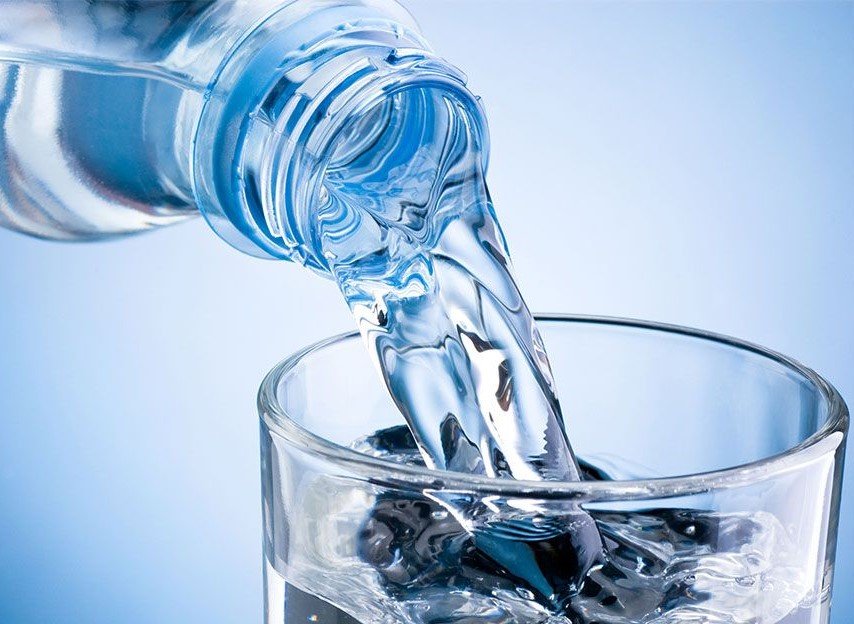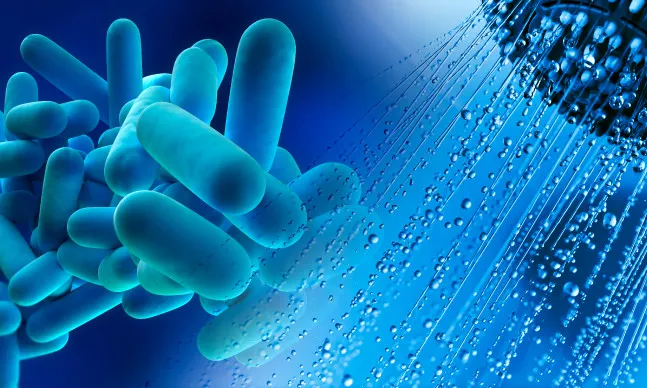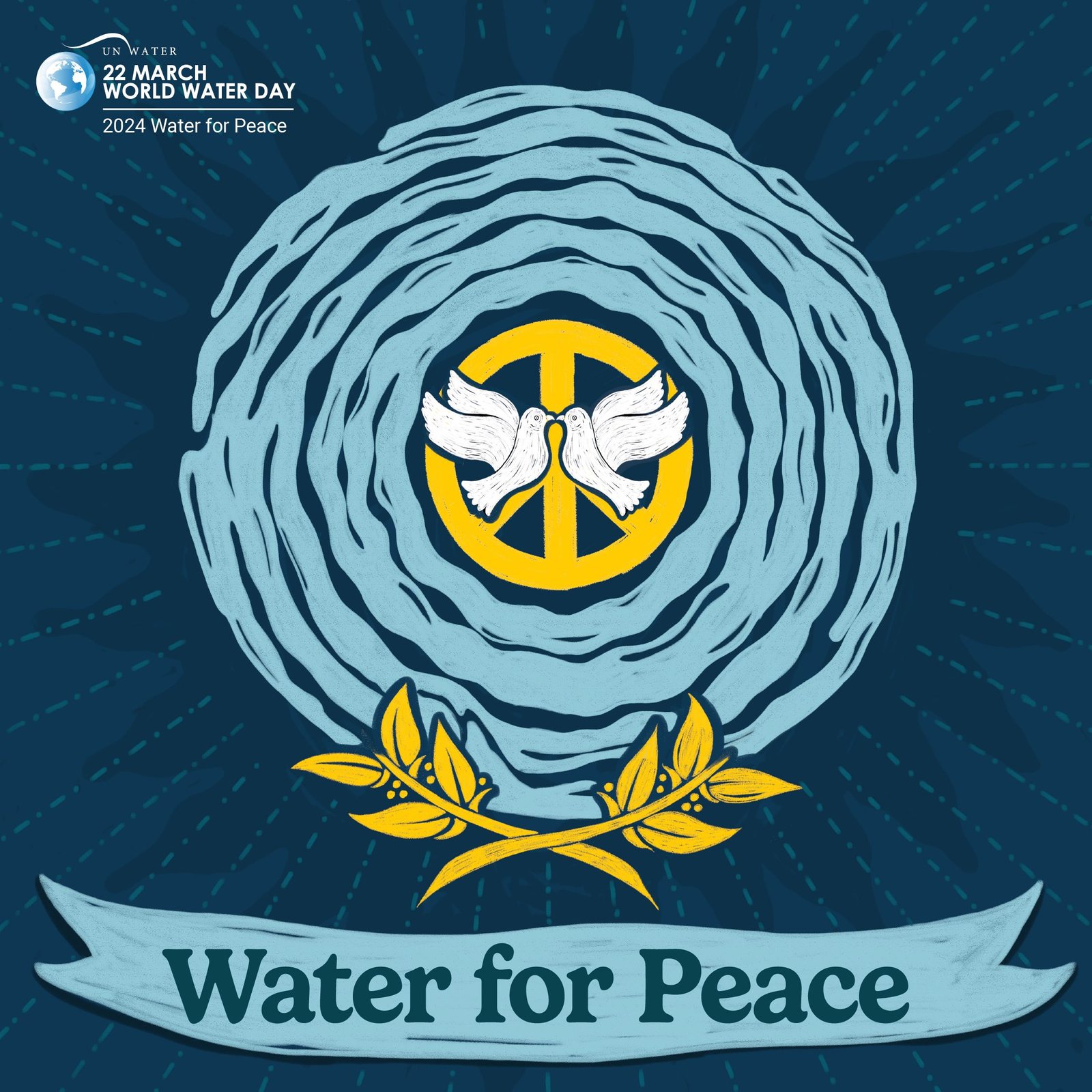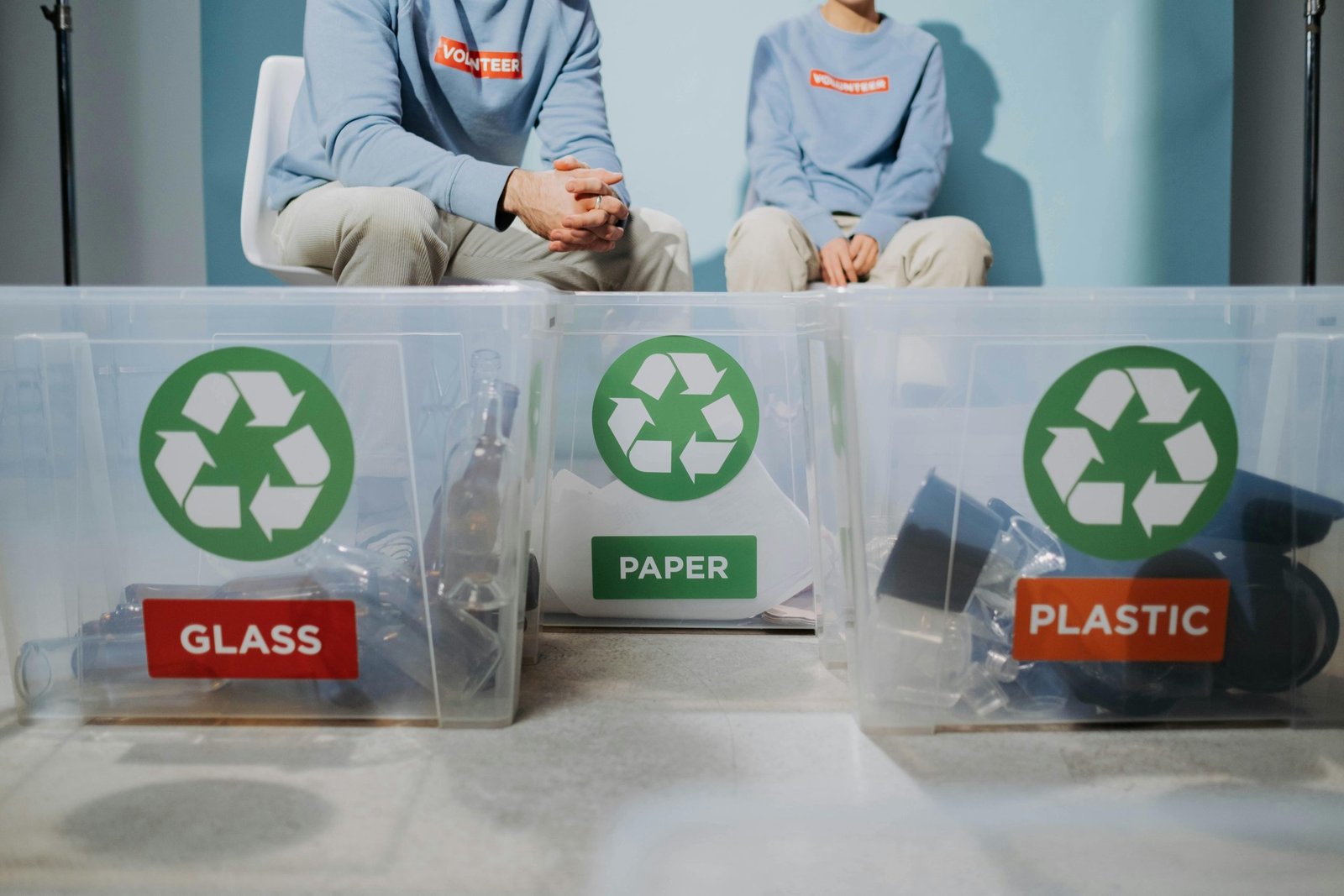Circular on: “Procedure for the identification of natural mineral waters”
The new Circular D1d/G.P. οικ. 45625 on ‘Procedure for the identification of natural mineral waters’ clarifies the conditions for the identification of spring water as mineral water in accordance with the European Union Directives.
In particular, according to Decree No 433/83 (Government Gazette A’ 163), the decision on the recognition of spring water as mineral is issued by the Ministry of Health in cooperation with the opinion of the Commission for the Recognition of Mineral Waters.
The legislation on the operation of natural mineral water bottling plants and on the marketing of natural mineral waters is the responsibility of the Environmental Health Services of the relevant P.E.
Interested parties are required to submit a file with the supporting documents and all relevant correspondence to the Environmental Health Department of the regional unit in whose territory the water abstraction source is located. This file must be forwarded in paper and electronic form to the Ministry of Health, Public Health and Environmental Health Directorate, Environmental Health Management Department, for the attention of the members of the Committee.
In addition, in case of a request for recognition of water from non-EU countries, the required documents and correspondence must be submitted to the Environmental Hygiene Service of the Regional Unit of the customs headquarters of the water import.
Main points
The following are instructions on the documentation required for the identification of natural mineral waters:
For the recognition of Natural Mineral Waters of domestic origin, the application of the interested party shall be accompanied by a copy of the title of ownership of the water intake source. If the application is a company, a copy of its articles of association must be provided.
The application shall state:
the name of the water source (spring or borehole)
The commercial name of the water requested
the name under which the water is marketed (natural mineral water or naturally aerated natural mineral water or natural mineral water enhanced with spring gas or natural mineral water with added carbon dioxide)
Possible indications on the water e.g. (low salt content, suitable for sodium-deficient diets)
In addition to the domestic water application, the party interested in the recognition of natural mineral waters must submit a hydrological study of the source of abstraction of the mineral water to be recognised, including the content of Annex I of Section II, point I.1 of (a) relevant (see Circular for more details)
The data provided for the identification of Natural Mineral Waters must include physical, chemical and physico-chemical analyses (at least for each season of the year) as provided for in Annex I, Section II, point I.2 relevant:
the supply of the source
the temperature of the water at source and the ambient temperature
solid residue at 180ºC and 260ºC
conductivity
pH
anions (borate, carbonate, chloride, bicarbonate, bicarbonate, phosphate, silicate, sulphate, etc.)
cations (aluminium, ammonium, calcium, calcium, magnesium, potassium, sodium, etc.)
non-ionised elements (total organic carbon, free carbon dioxide, etc.)
But also chemical analyses for components listed in Annex I of (B) (see the circular document for more details)
antimony
arsenic
barium
boron
cadmium
chromium
copper
cyanide
lead
manganese
mercury
nickel
nitrates
nitrite
selenium
For the identification of natural mineral waters, the analysis of the following parameters is also foreseen:
polycyclic aromatic hydrocarbons
volatile organic compounds
trihalomethanes
pesticides
As well as microbiological analyses (at least 1 for each season) as provided for in Annex I, Section II, point I.3 of (a) concerning
coliforms (E.coli)
Enterococci
sporogens, anaerobic pathogens
pseudomonas aeruginosa (Pseudomonas aeruginosa)
colonies of surviving microbes
These microbiological analyses for their enumeration must be carried out within 12 hours and the water samples must be transported under refrigerated conditions (1º to 4º).
All the above analyses (physico-chemical, chemical and microbiological) must be carried out in accredited laboratories (with the relevant accreditation certificate being required). It is important to note that at least one sampling for chemical, physico-chemical and microbiological analyses should be carried out under the responsibility of the competent Environmental Health Service of the relevant Regional Unit where the source or borehole is located. See the circular document for more details.
For the recognition of Natural Mineral Waters from third countries outside the EU, the application of the person concerned must include the following:
The name of the water abstraction source (spring or borehole)
the requested trade name of the water
the name under which the water is marketed (natural mineral water or naturally aerated natural mineral water or natural mineral water enhanced with spring gas or natural mineral water with added carbon dioxide)
any indications listed in Annex III to (a) of the relevant Annex
A certificate attesting to the competent authority of the country from whose territory the water to be identified originates:
the water complies with the provisions of Annex I, Section I, to Directive 2009/54/EC
The same authority (the Ministry of Health of the country or another agency) carries out systematic monitoring of the application of the provisions of Annex II, points 2 and 3 of Directive 2009/54/EC.
The certificate is intended to be drawn up in Greek or accompanied by an official translation into Greek. The period of validity of the certificate may not exceed five years.
The application must also be accompanied by a hydrogeological study of the source of the water abstraction, in accordance with Annex I, Section II, point 1.1 of Directive 2009/54/EC (certified by the competent authority of the country of origin and officially translated). In addition to the foregoing, the application must include physical, chemical, physico-chemical, chemical analyses as well as microbiological analyses.
In particular, recent physical, chemical and physico-chemical analyses (at least 1) are required in accordance with Annex I, Section II, point I.2 of Directive 2009/54/EC (officially translated) for the following:
Water temperature at source and ambient temperature.
solid residue at 180º C and 260º C
Conductivity
pH
anions (borate, carbonate, chloride, bicarbonate, bicarbonate, phosphate, silicate, sulphate, etc.)
cations (aluminium, ammonium, calcium, calcium, magnesium, potassium, sodium, etc.)
non-ionised elements (total organic carbon, free carbon dioxide, etc.)
trace elements (iron, iodine, fluorine, fluorine, zinc, chromium, cobalt, cobalt, tin, nitrogen, etc.)
In addition, chemical analyses for ingredients as listed in Annex I to Directive 2003/40/EC (officially translated) are foreseen:
antimony
Arsenic
barium
boron
cadmium
chromium
copper
cyanide
lead
manganese
mercury
nickel
nitrates
nitrite
selenium
As well as analyses for the following specific parameters:
polycyclic aromatic hydrocarbons
volatile organic compounds
trihalomethanes
pesticides
In addition, microbiological analyses (at least 1) in accordance with Annex I, Section II, point 1.3 of Directive 2009/54/EC (officially translated) shall be provided.
Sampling for the physical, chemical, physico-chemical and microbiological analyses must have been carried out by the competent authority of the country of origin of the water to be identified. For further and more detailed information on third country sampling outside the EU see the circular (45625) and the list of recognised natural mineral waters in the Official Journal of the European Union https://food.ec.europa.eu/system/files/2023-07/labelling-nutrition_mineral-waters_list_eu-recognised_0.pdf
It is very important to point out that a recognised mineral water with the designations natural mineral water naturally aerated, natural mineral water enhanced with spring gas and natural mineral water with added carbon dioxide according to the provisions of (a) can only be marketed if the recognition decision of the natural mineral water has been completed beforehand.
Download here the Circular on natural mineral water:https://bioximiki.eu/Διαδικασία natural mineral water recognition circular.pdf
Procedure-recognition-of-natural-mineral-water





